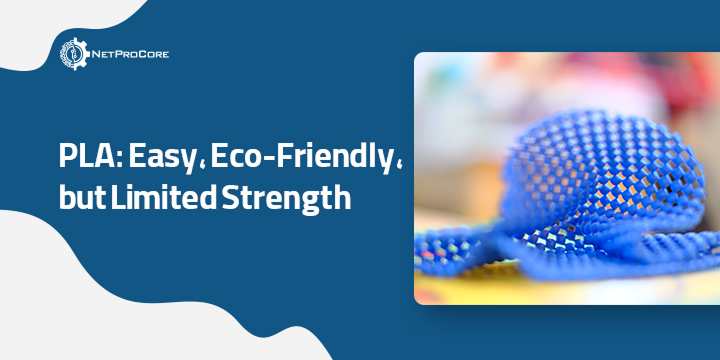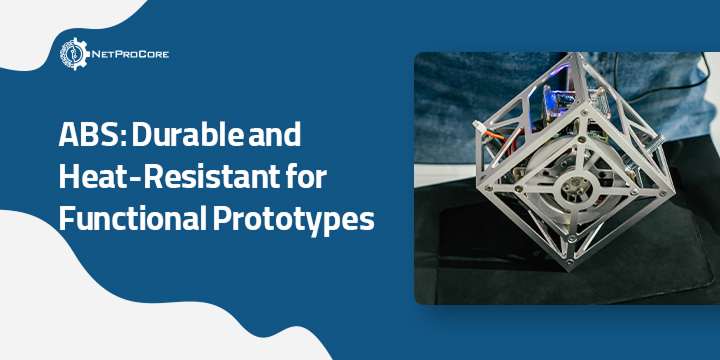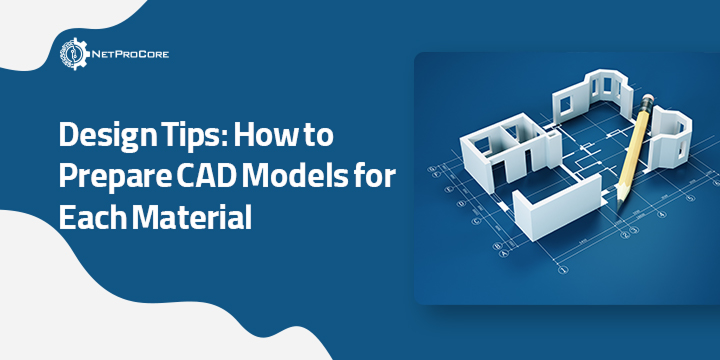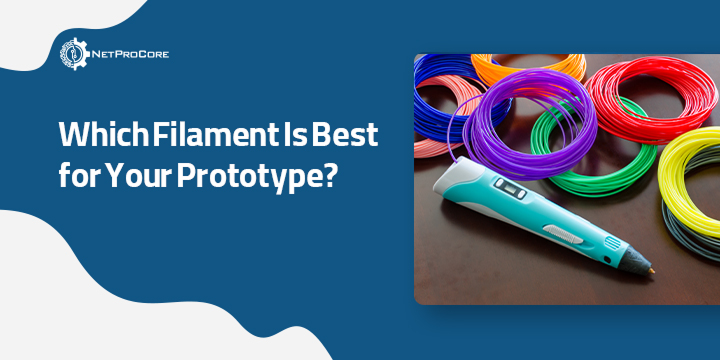PLA vs ABS vs PETG: Which Material is Best for Your Prototype?
Bring your idea to life.
Upload your file today and get a precise manufacturing quote in less than 24 hours.
Recent Posts
PLA vs ABS vs PETG: Which Material is Best for Your Prototype?
In the world of 3D printing, one question comes up more than any other — PLA vs ABS vs PETG: which material is best for your prototype? Each filament offers its own balance of strength, printability, and finish quality. PLA is known for its ease of use and smooth surface, ABS for its durability and heat resistance, and PETG for combining flexibility with toughness. Choosing the right one depends entirely on your project’s needs — from visual models to functional mechanical parts.
In this quick 3D printing materials comparison, we’ll explore the key differences between PLA, ABS, and PETG, their printing behaviors, and best use cases. By the end, you’ll know which filament delivers the ideal mix of performance, precision, and cost for your next prototype. If you’re looking to print smarter and get professional-grade results, stay with us — this guide will help you make the right material choice.

PLA: Easy, Eco-Friendly, but Limited Strength
When comparing PLA vs ABS vs PETG, PLA often comes out as the easiest filament to print with — and for good reason. It melts at a relatively low temperature (around 200 °C), emits almost no odor, and delivers a smooth, glossy finish. These qualities make it ideal for beginners, design validation models, and visual prototypes where appearance matters more than mechanical strength.
PLA is also eco-friendly, being made from renewable resources such as cornstarch or sugarcane. However, its biggest drawback is heat sensitivity: parts may deform at temperatures above 55 °C. It’s also more brittle than ABS or PETG, which limits its use for load-bearing or functional components.
Still, PLA remains one of the most popular materials in this 3D printing materials comparison, offering reliability, easy handling, and great surface detail — perfect for early-stage prototypes that need to look professional without the complexity of tougher filaments.

ABS: Durable and Heat-Resistant for Functional Prototypes
When comparing PLA vs ABS vs PETG, ABS stands out for its mechanical strength and excellent temperature resistance. This petroleum-based thermoplastic can handle higher stress and heat than PLA, making it ideal for functional prototypes, enclosures, and end-use mechanical components. It’s the same material used in automotive parts and consumer electronics, proving its reliability in demanding environments.
However, printing ABS requires experience and the right setup. It tends to warp when exposed to uneven cooling, so using an enclosed 3D printer and heated bed (≈100 °C) is essential. ABS also emits noticeable fumes during printing, which means proper ventilation is necessary.
In the PLA vs ABS vs PETG debate, ABS wins when strength, durability, and thermal stability are top priorities. It may be harder to print than PLA, but for performance-driven designs, ABS delivers professional-grade results that stand the test of time.
PETG: The Perfect Balance Between PLA and ABS
When discussing PLA vs ABS vs PETG, many designers consider PETG the perfect middle ground. It combines the easy printability of PLA with the strength and temperature resistance of ABS, making it one of the best filaments for strength and long-term reliability. PETG prints with minimal warping, excellent layer adhesion, and a glossy, professional surface finish — ideal for both functional and aesthetic parts.
In PETG vs PLA, PETG is tougher and more flexible, capable of withstanding higher temperatures (up to 80 °C). Compared to ABS, PETG vs ABS shows better layer bonding and less warping, though it’s slightly less rigid. It’s also more chemically stable and moisture-resistant, making it perfect for designing parts for additive manufacturing in light industrial or consumer product applications.
For anyone seeking a material that’s durable yet easy to work with, PETG offers the balance that makes every prototype reliable and production-ready.

Side-by-Side Comparison: PLA vs ABS vs PETG
When choosing between PLA vs ABS vs PETG, understanding the practical differences helps you match the right material to your prototype’s purpose. Each filament brings a unique combination of strength, printability, and thermal performance — and this PLA vs ABS vs PETG comparison summarizes the most important distinctions.
From this difference between PLA, ABS, and PETG, it’s clear there is no universal winner, it all depends on your design priorities.
- If you value simplicity and surface detail → choose PLA.
- If you need durability and heat resistance → ABS is best.
- If you want balanced performance and easier handling → PETG stands in between.
Following the best design rules for 3D printing, selecting the right filament early in the process ensures you achieve the perfect balance between strength, quality, and efficiency.

Design Tips: How to Prepare CAD Models for Each Material
Designing a part that prints well depends on understanding how each filament behaves — and that’s where smart modeling makes the difference in PLA vs ABS vs PETG performance. A well-prepared CAD model minimizes warping, improves layer bonding, and ensures dimensional accuracy through proper 3D printing tolerances and wall thickness settings.
For PLA
Keep your design simple with fewer overhangs and thin walls around 1.0 mm. PLA prints cleanly even at lower temperatures, but it’s brittle — so avoid sharp corners or thin snap-fits that could break after printing.
For ABS
Increase wall thickness to about 1.5 mm to boost rigidity and compensate for shrinkage. Add fillets or rounded edges to reduce stress points and prevent cracks. Always include strong support structures and allow a 0.2–0.5 mm tolerance for assemblies.
For PETG
PETG benefits from moderate walls (1.2 mm) and minimal supports, since it bonds layers strongly. To optimize 3D printed parts for strength, orient load-bearing features parallel to the layer direction. Leave small clearances to prevent fusing where components move.
Following these 3D printing design guidelines ensures your prototypes print smoothly, assemble easily, and perform reliably across all three materials.
For more tips on CAD modeling, read our guide on CAD Design for 3D Printing.

Which Filament Is Best for Your Prototype?
After comparing PLA vs ABS vs PETG, it’s clear that the “best” filament depends entirely on your prototype’s purpose. If your goal is to test visual appearance or design aesthetics, PLA is the most convenient option — affordable, easy to print, and perfect for smooth, detailed models.
For functional testing or mechanical performance, ABS takes the lead. Its toughness and heat resistance make it ideal for load-bearing or high-temperature applications. Just remember to follow 3D print design best practices like using enclosed printers and proper supports.
Finally, if you need a versatile balance — strong, flexible, and easy to handle — PETG offers the middle ground between PLA and ABS. When in doubt, start with PETG; it combines the strengths of both materials and fits most design for 3D printing workflows for real-world prototyping success.
Conclusion: From Material Choice to Perfect Prototype
Choosing between PLA vs ABS vs PETG is more than a material decision — it’s about understanding how each filament supports your design goals. The right choice ensures your prototype delivers the perfect balance of strength, detail, and functionality.
Whether you’re building a visual mock-up or a fully functional part, pairing smart material selection with CAD design optimization and professional support makes all the difference. At Netprocore, our team helps designers choose the right filament and optimize every prototype for quality, strength, and cost — offering professional 3D printing services trusted by engineers, startups, and innovators.
Partner with a reliable prototyping company and turn your designs into real, production-ready results.
